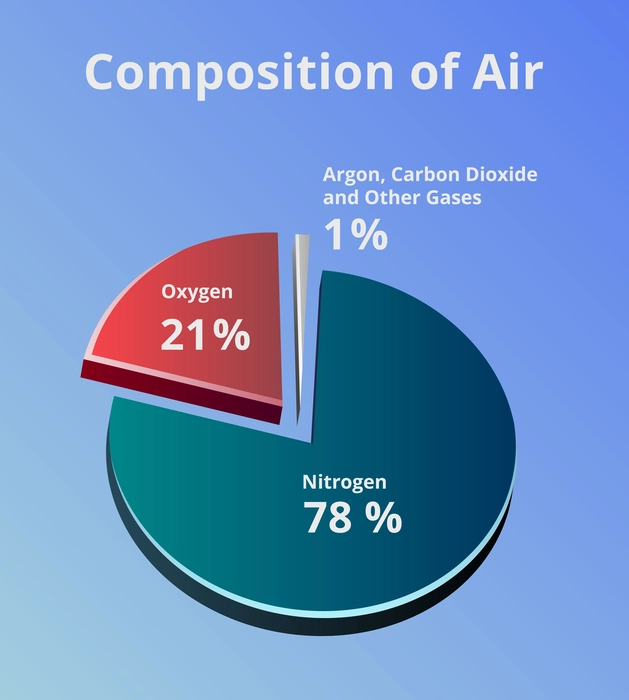Introduction
A natural resource is any naturally occurring substance that is used to sustain life and satisfy human needs. A wide range of natural resources that we use on a daily basis, are food, water, non-synthetic clothing, timber, metals, oil, coal, natural gas, sunlight, air, soil etc. One must be aware that not all of these resources are open to endless use. These resources should be used judiciously as they are for essential human growth and sustenance. Hence, natural resource management has now become the need of the hour. Natural resource management (NRM) is the collective term for a range of interdisciplinary and comprehensive approaches developed to manage and maintain the natural resources now in use, both for the benefit of the current generation and for future generations. It emphasises the management of land, water, and forest resources as well as the preservation of flora and fauna.
Approaches to Management of Natural Resources
The approaches must include the necessary policies, the sustainability of the rules and practises, and the need to recover resources that have already been depleted or are running out. Following are the strategies for Natural resource management:
- Top-down approach:
- Based on the paternalistic notion that only environment specialists who have practical expertise and sound judgement should plan and implement NRM. Since local input is required for good results in natural resource management, this strategy is frequently unsuitable and unsustainable.
- Community-based approach:
-
-
- Aggressive farming methods and urbanisation harm people whose livelihoods depend on natural resources, particularly forests.
- The community-based approach gives local groups a role in developing NRM strategies and conservation projects that directly impact them.
- Multi-stakeholder partnerships, the creation of powerful local groups, the use of law enforcement to stop unauthorised land invasion, and cooperative management plans are some of the features of the community-based approach.
-
- Integrated approach
-
-
- It encompasses a variety of sectors including the public and private organizations.
- It strives to conserve the environment, provide food security, and decrease poverty.
- The main goal of this startegy is to make resource management sustainable for all.
-
- Adaptive approach
-
-
- This approach addresses the reasons and consequences of using NRM tactics.
- It incorporates diverse viewpoints, experimentation with social learning, evaluation of progress, testing of policies, detecting knowledge gaps, and improved communication with related people.
- It ultimately will lead to proper and effective management practices.
-
- Environmental economics approach:
- This approach incorporates the use of management tools, such as grants, quotas, licences, rights to property, permits, etc., that are successful in the regulation, monitoring, analysis, and assessment of natural resources.

Sustainable Management
Strategies and practices that combine resource management with sustainable development constitute sustainable management of natural resources. When building long – term sustainable management practises, three factors should be taken into account they are:-
- Current and future requirements
- Ecological preservation
- Financial viability
Effective models and practises that are developed in this way not only conserve resources and maintain sustainability, but also assist in meeting the future needs of these resources.
Methods of Sustainable Management
Agriculture, mining, petroleum, and other industries are all involved in the sustainable management of natural resources.In addition to the five R’s of sustainable management, resource management includes-
- Integrated Forest Management (IFM)
- Integrated Water Management (IWM)
- Creating sustainable agriculture methods
- Safeguarding coral reefs and coastal mangrove habitat
- Programs for recovering resources from “waste materials”
- Public education and awareness
Summary
- Natural resource management is an integrated, comprehensive strategy for promoting prudent methods for resource utilisation.
- The need for implementation NRM technique has arised due environmental pollution, urbanisation, industrialization, and overpopulation.
- The top-down strategy, community-based approach, adaptive approach, integrated approach, and environmental economics are examples of NRM approaches.
- Natural resources must be handled sustainably while taking into account current and future requirements, environmental protection, and economic viability.
- Effective management requires raising public knowledge and participation, as well as utilising adaptive management techniques.
Frequently Asked Questions
1. What is water harvesting?
Water harvesting is the practise of collecting surface runoff or rainwater by building catchments, prevent pollution of the collected water and storing water for later use. In various regions of India, like Rajasthan, Tamil Nadu, etc., it has helped in solving issues such as water scarcity and water shortage.
There are various methods for collecting water:
- Catching runoff from rooftops
- Collection of runoff from nearby catchments
- Seasonal flood water collection
- Watershed management
2. Which sectors are affected due to delpetion natural resources?
Following sectors are affected by the delpetion natural resources-
- The agricultural and forestry sector are most severely impacted. This is because of their reliance on the availability of natural resources directly.
- Along with ineffective animal husbandry techniques, the depletion of water and soil resources has a direct impact on agricultural output and food availability.
- The diminishing natural resources has impacted the forest communities as well as they depend on the forest produce for food, shelter and financial income.
- In addition to endangering their ability to support themselves, it has also increased the frequency of landslides and soil erosion, which has directly endangered their survival.
3. Inlist the 5 R’s of sustainable management.
The 5 Rs of sustainable management are-
- Reduce
- Reuse
- Recycle
- Repurpose
- Refuse
